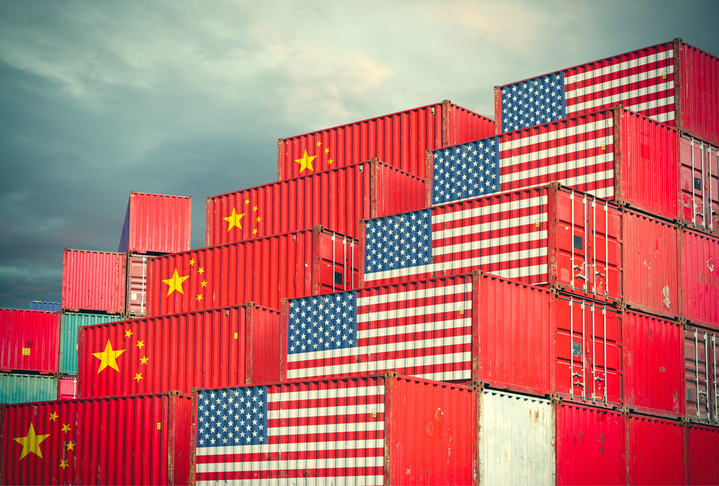Friday morning, President Trump announced new 25% tariffs on approximately $50 billion in exported Chinese goods. The first wave of tariffs will be enacted in the first week of July, with more tariffs going into effect after a review period. This latest round of tariffs – targeting the automotive, manufacturing, robotics and aerospace industries – is aimed at protecting intellectual property in fields featuring significant technology. The goal is clearly to reinvigorate America’s high tech manufacturing and encourage more reliance on American-made rather than overseas alternatives. A few areas likely to see a positive impact because of these tariffs include:
The Chinese government has vowed to retaliate with not only their own tariffs on imports from America, but also a decrease in overall spending on American goods, taxed or not. Elsewhere, Mexico has taken action against U.S. exports of food and drink, while Canada and the E.U. have plans to enact tariffs in July on products ranging from food and clothing to cigarettes and motorcycles. As a result, the American consumer is likely to see price increases on domestic consumer goods as companies try to recoup some of the lost profits from exporting their products. Those in U.S. politics disagreeing with the new tariffs worry about alienating trade allies and the consequences of retaliation being felt by small business owners, such as farmers, regional manufacturers and smaller consumer goods companies.
Looking past the initial sticker shock of escalating tariffs by America and its trade partners, these moves are likely to spur reform of previously negotiated rates and sharing of intellectual property, especially in technology sectors. President Trump’s goal has always been to put America’s businesses and technology first, and with the world relying on open trade in and out of the United States, escalating tariffs can’t be the beginning and end of the trade discussion. How will your business be affected by these tariffs? Share in the comments below.
